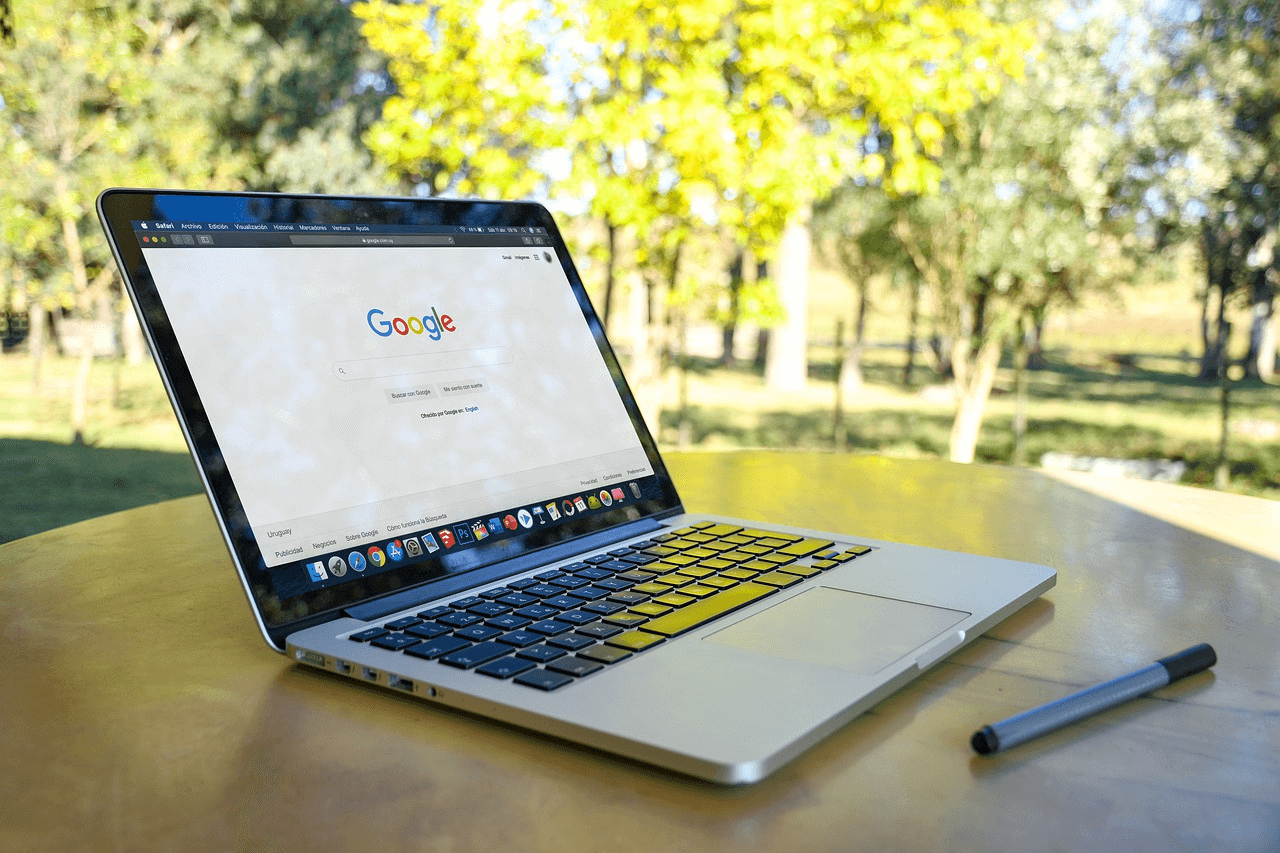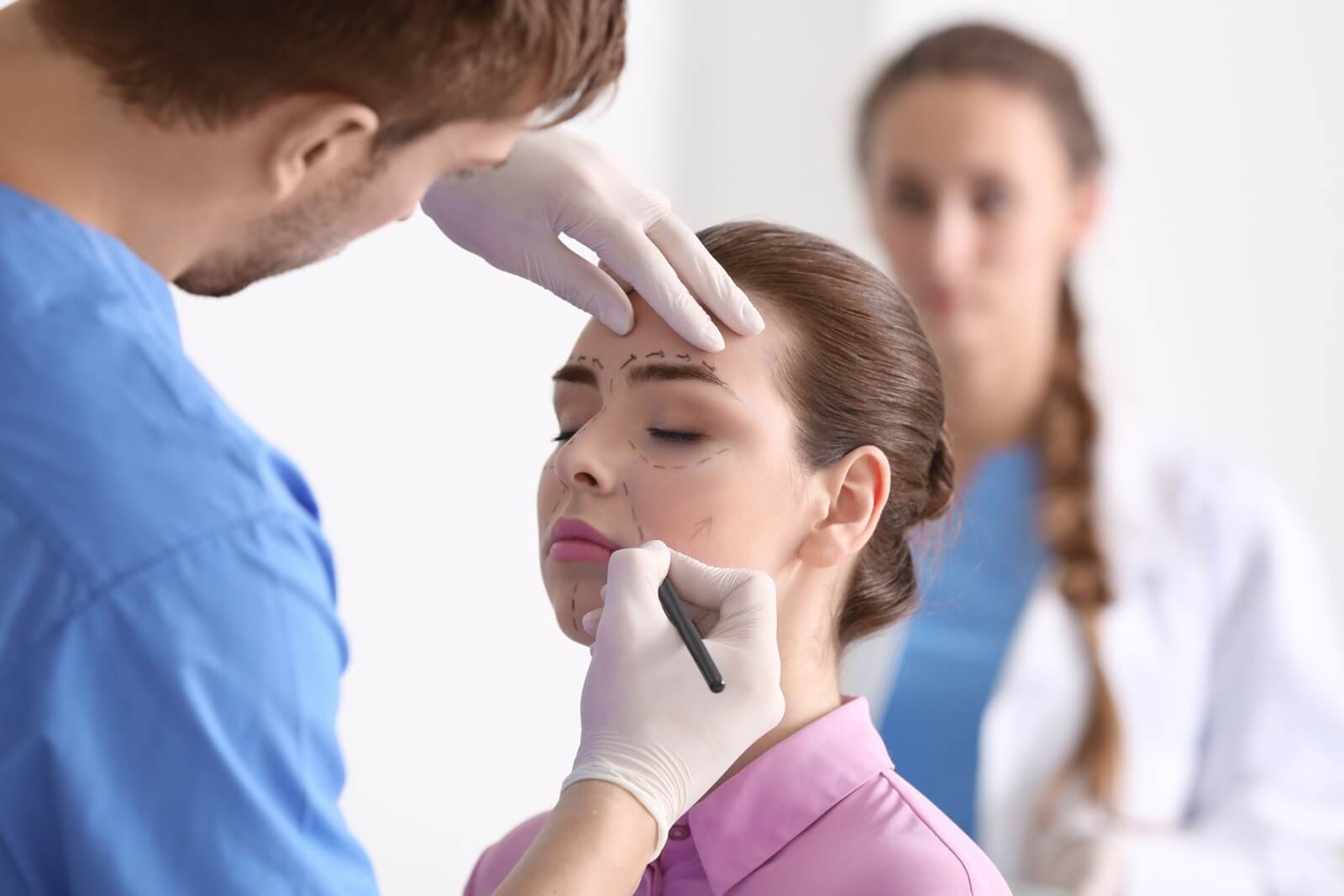What is Lead Attribution?
Lead attribution is a marketing strategy that allows you to determine where and when a lead converts. You can track the conversion path — that is, the journey a lead takes before making a purchase, scheduling an appointment, or completing any other conversion goals — and see how a lead gets from Point A to Point B.
But the conversion path has changed drastically in the digital age, and the path is not as simple as Point A to Point B. There are more points (called touchpoints) leads interact with than ever before!
They may research the product or service through a Google search, go to your website then leave it, and begin to see advertisements for those products or services (as well as relevant products and services related to their search history) on other websites and social media platforms.
Being able to track these interactions can help you determine where your best leads are coming from and tighten your focus on those marketing channels. It can help you find weaknesses in other marketing channels that are not churning out high-quality leads and decide whether or not you want to step back and focus on more successful or effective channels or invest more time improving those areas.
Essentially, lead attribution can help you measure your marketing campaign’s effectiveness.
OppGen Marketing includes lead attribution as part of our digital marketing strategies. Contact us to learn more.
What are Some Lead Attribution Strategies?
There are 3 main types of strategies used to attribute leads:
1. First-Touch Lead Attribution
First-touch lead attribution attributes a lead conversion with the first measured interaction they had with a company. This could be subscribing to an email newsletter, signing up for a webinar, or sending an email requesting more information about a product.
2. Last-Touch Lead Attribution
Last-touch lead attribution looks at the measured interaction that occurs right before the lead converts. For example, when a lead clicks on a Google search ad and makes a purchase or schedules an appointment through a landing page would have that specific ad attributed as the reason for the purchase.
3. Multi-Touch Lead Attribution
Multi-touch lead attribution considers multiple measured interactions a lead has with a company and works to follow the path that lead made before converting.
Within multi-touch lead attribution, there are a few different ways to scale the importance of each of the measured interactions:
- A linear multi-touch lead attribution model gives equal weight to all interactions.
- The U-shaped model gives 40% of credit to both the first and last interaction, then gives the remaining 20% evenly across all interactions in between the first and last interactions.
- Finally, there’s a time-decay model that gives credit to the most recent interactions. In this model, the credit for interactions decays the longer it takes to a prospect to convert.
Which Lead Attribution Strategy and/or Model Should I Use?
Generally speaking, multi-touch lead attribution is one of the better ones as it can give you a fuller picture of your leads’ conversion paths. But it has its drawbacks, too, as simply reviewing a lead’s conversion path may not give you the fullest picture of what was most important for getting the lead to convert. Sure, there may have been an ad of yours placed on a website they were visiting, but did they notice it at all? In that case, that touchpoint was not really one that mattered much to the lead.
If you want to weigh which touchpoints were most effective, you can try talking to the lead and ask them about it. Keep in mind that they may also not be sure or even give you the “right” answer. They might even give you the wrong answer about where they converted or what their first touchpoint was! (Multi-touch lead attribution is complex and difficult, but when you have the best information possible, it can be incredibly insightful.)
Truthfully, there’s no right answer to this question. All of these attribution strategies and models give you a different picture of your leads and their conversion paths. You need to find which one is most effective for your business, which may take trial and error, or even utilizing multiple strategies and models for a better, clearer picture that shows multiple angles.
If you’re not sure how to do that, then it’s a good idea to reach out to an agency that specializes in lead generation and understands lead attribution (though not all do — but at OppGen, tracking and attributing leads is a top priority).
How Do You Attribute Leads?
To properly attribute leads, you need to be aware of what marketing channels you are using and then utilize certain programs and tools that can help you track measured interactions.
You can also contact leads to ask them about the touchpoints they encountered, but given that leads make multiple touchpoints throughout the conversion path, it’s a good idea to keep a digital record as well. Still, lead feedback can help you decide which touchpoints deserve more credit than others, and determine what is most effective (or least effective) about your current ad campaign.
What Tools and Programs are Needed to Track and Measure Interactions?
Measured interactions are a key component of good lead attribution. If you aren’t tracking prospects, you will not be able to properly attribute leads. If you can’t do that, you can’t determine the effectiveness of your campaign.
The following tools and programs are ones we utilize as part of our lead tracking and lead attribution strategy:
Google Analytics
Even if you’re not focusing on lead attribution, there is no reason you shouldn’t have a Google Analytics account set up for your website. It’s a powerful tool that lets you see your website’s traffic, where it’s come from (both physical locations and what websites prospects came from before landing on your site), what times prospects visit your website, tracks conversion numbers, and so much more.
The information Google Analytics has to offer its users is invaluable. If you don’t have a Google Analytics account set up and connected to your website, it is not too late to get started — and as a bonus, it is free to use!
Facebook Pixel
If you’re advertising on Facebook, you need to set up Facebook pixels. It can help you measure conversions across multiple types of devices, learn more about your website traffic and how site visitors use your website, the products visitors use, and best of all, optimize your Facebook Ads account so that your ads are shown to people who are most likely to convert.
Like Google Analytics, Facebook pixel is free to use, so make the most of it and use it to improve your lead tracking information.
CallRail
CallRail is a lead call tracking program that connects both phone and web leads while keeping information together through form tracking that connects ads, campaigns, and keywords. All of this information can be used to determine where your best leads are coming from.
There are other call tracking programs out there, but this one is a good option that’s easy to set up and work with, and it’s one we use at OppGen. Contact us to learn more about how we implement CallRail into our digital marketing programs.
Set Up a Successful Lead Attribution and Lead Tracking Strategy with OppGen
Lead attribution is not a simple thing to do. We have clients whose former marketing agencies failed to properly set up lead attribution, which is a waste of time and money.
At OppGen, we always set up proper lead attribution and lead tracking for our clients because we believe in getting you the best possible leads, and that cannot be done without lead attribution. This improves ROI and your overall marketing campaign’s success.
Contact us today for more information about lead attribution and tracking. If you already have a lead attribution program in place, we can see if it’s doing what it should — fill out our free digital audit, and we’ll let you know that and much, much more.





